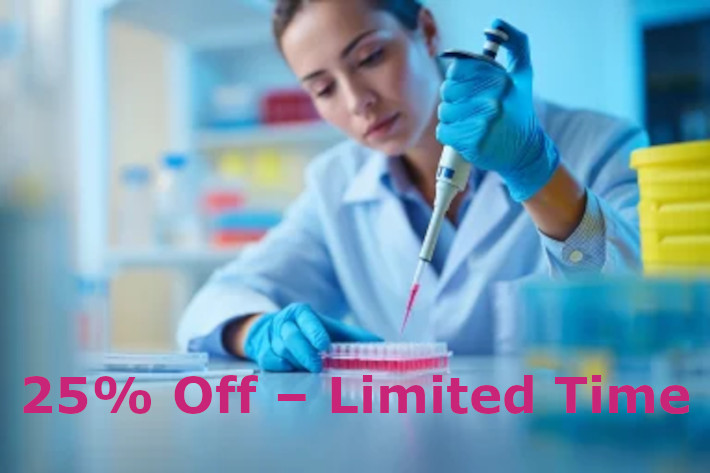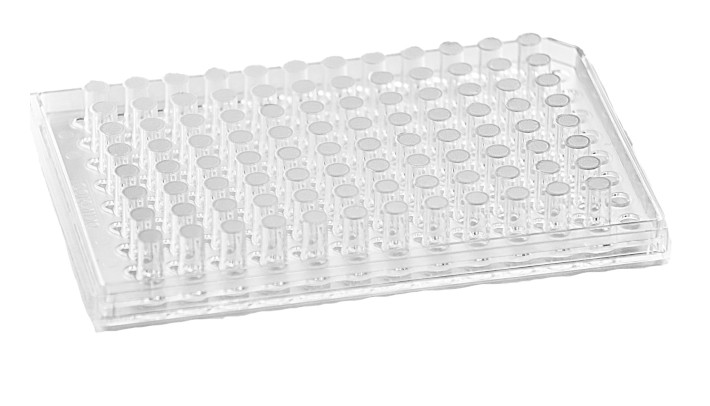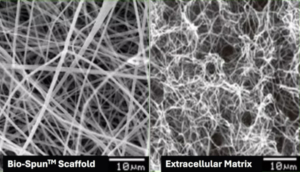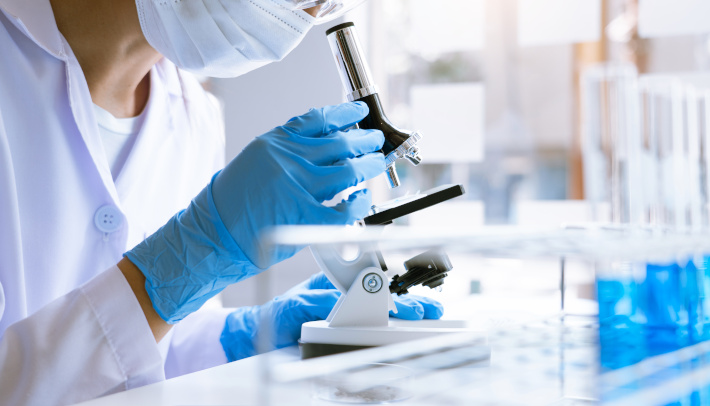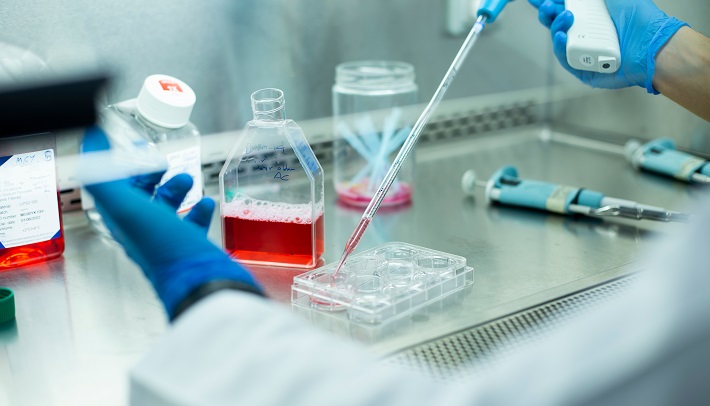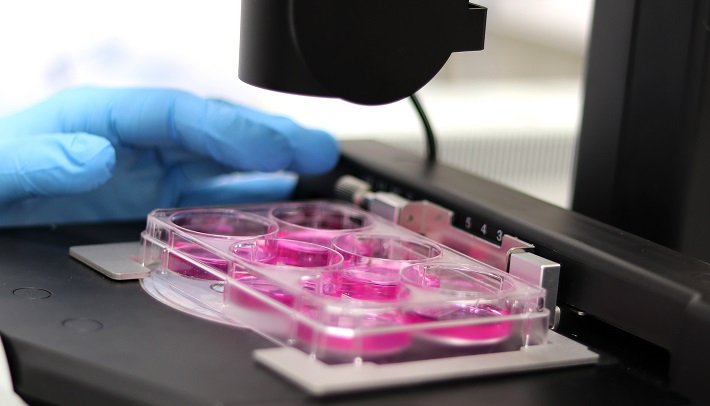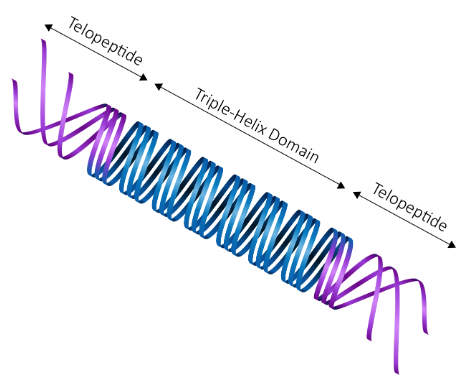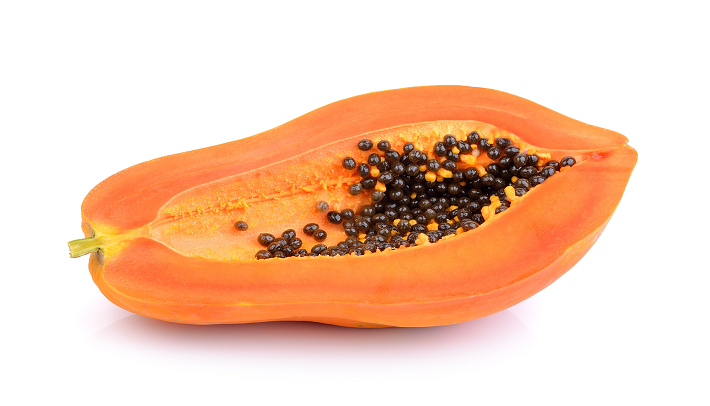The future of allogeneic cell therapy depends on overcoming one of its greatest hurdles: immune rejection.
To support this challenge in research, we now offer two powerful research-use-only (RUO) tools designed to accelerate the development of universal, off-the-shelf cell therapies:
ActiCells™ RUO Hypo hiPSCs (ASE-9550) and the
ActiCells™ RUO TARGATT™ Hypo hiPSC Knock-in Kit (AST-9650).
A Hypoimmunogenic Foundation for Universal Therapies
Both products are derived from CD34⁺ umbilical cord blood cells, a neonatal source selected for its low mutational burden and reduced immunogenicity compared to adult tissues.
The core cell line has been precisely gene-edited to knock out β2 microglobulin (B2M) and the HLA class II transactivator (CIITA), both key regulators of HLA class I and II expression.
This dual knockout significantly reduces immune recognition and T cell-mediated rejection, making these cells an ideal foundation for building universal donor cell types in allogeneic research.
These ActiCells™ tools combine:
- a shared hypoimmunogenic design
- robust pluripotency
- and, in the Knock-in Kit, TARGATT™-enabled genome engineering compatibility
– empowering researchers to efficiently test, modify, and advance their therapeutic concepts.
Two Flexible Solutions for Hypoimmunogenic Research
ActiCells™ RUO Hypo hiPSCs (ASE-9550)
This transgene-free, well-characterized cell line provides a stable, pluripotent foundation for developing customized cell-based products. Each lot is validated for:
- post-thaw viability
- differentiation into all three germ layers
- expression of pluripotency markers (OCT4, SOX2, NANOG, SSEA-4, TRA-1-60)
- presence of alkaline phosphatase
- short tandem repeat profiling (STR)
- sterility as well as absence of mycoplasma and pathogens
ActiCells™ RUO TARGATT™ Hypo hiPSC Knock-in Kit (AST-9650)
For immediate genome engineering applications, this kit includes the hypoimmunogenic ActiCells™ cell line pre-engineered with TARGATT™ knock-in technology at the H11 safe harbor locus.
Each ActiCells™ RUO TARGATT™ Hypo hiPSCs Knock-in Kit contains sufficient reagents for 3 transfections and includes:
- ActiCells™ RUO TARGATT™ Hypo hiPSCs
- TARGATT™ 46 CAG-MCS Cloning Plasmid for therapeutic payloads up to 20 kb
- TARGATT™ CAG-Integrase Plasmid for precise genomic insertion
This platform enables site-specific, stable transgene integration with minimal off-target risk or gene silencing – allowing for efficient generation of custom-engineered lines either in your laboratory or via our custom iPSC gene editing services.
Together, these two innovative research-use-only products offer a robust, flexible, and future-ready platform for researchers working on next-generation allogeneic therapies.
Ready to take the next step?
Contact us to discuss how these innovative hypoimmunogenic hiPSC solutions can accelerate your allogeneic research projects.
